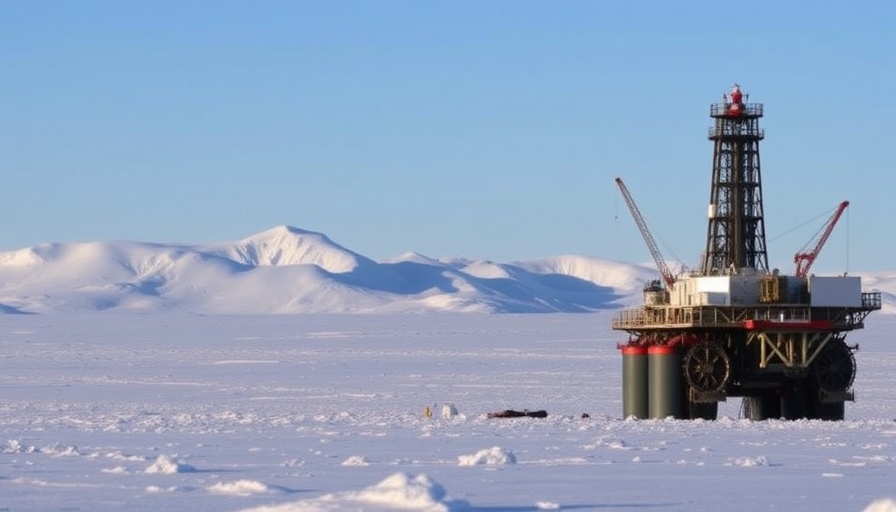
Meet Maple: The Unlikely Hero for the Bees
In an unexpected twist of fate, a dedicated dog named Maple is making waves in Michigan as a canine ambassador for the honeybee community. This nine-year-old English springer spaniel is not just living up to her title as man's best friend; she’s stepping up to be the best friend bees could wish for. After a commendable career detecting human remains for a sheriff’s office, Maple has transitioned into a new role that may just save thousands of bee colonies.
How Maple Became a Bee Detective
Maple’s journey into the world of apiculture began when Sue Stejskal, her handler and trainer, sought a new purpose for her energetic companion post-retirement from the sheriff’s office due to an injury. The duo’s newfound mission aligns perfectly with the research efforts at Michigan State University (MSU), spearheaded by Professor Meghan Milbrath, an expert in entomology focused on honeybees.
The Bacterial Threat to Honeybees
The work Maple is doing is crucial at a time when bee populations are rapidly declining due to multiple threats, including diseases like American foulbrood. This bacterial disease poses a grave risk to honeybees, particularly the vulnerable larvae, leading to hive fatalities. Beekeepers face steep financial losses and operational burdens, having to discard infected colonies and equipment. Professor Milbrath highlights the overwhelming impact such diseases have on local and global ecosystems, revealing the interconnectedness of human actions and environmental health.
Maple’s Protective Gear and Unique Training
Equipped with custom protective gear, Maple dons a distinctive yellow suit to keep her safe while working in active bee yards. Her ensemble includes a veil and booties, ensuring that she remains unharmed while sniffing out harmful bacteria. This careful preparation reflects the serious nature of her work—protecting one of our most vital pollinators while addressing the broader implications of bee health.
The Bigger Picture: Why This Matters
Maple's contributions highlight not only the resilience of human-animal partnerships in scientific research but also emphasize the alarming drop in bee populations due to human activity. As issues like climate change, habitat destruction, and pesticide use exacerbate the plight of pollinators, innovative approaches such as Maple's detection efforts showcase the crucial intersection between animal training and environmental sustainability. Maple’s role emphasizes the importance of fostering collaborative solutions amidst growing ecological challenges, inspiring many to rethink our role in protecting the planet.
Actionable Insights for Homeowners and Community Members
For those involved in property and community planning, consider how your living environment impacts local biodiversity. Cultivating bee-friendly spaces can be as simple as planting native flowers that provide essential habitats for pollinators. Homeowners can also be proactive in educating themselves about sustainable practices that benefit the environment.
Conclusion: Become Part of the Solution
As we learn from Maple’s journey, every effort counts in preserving our planet’s delicate ecosystems. Prioritizing sustainable practices in our homes and communities can lead to a healthier environment for all living beings. By adopting bee-friendly habits, individuals can contribute positively to the well-being of these crucial pollinators. Join the movement and explore how you can make a difference!
 Add Row
Add Row  Add
Add 





Write A Comment